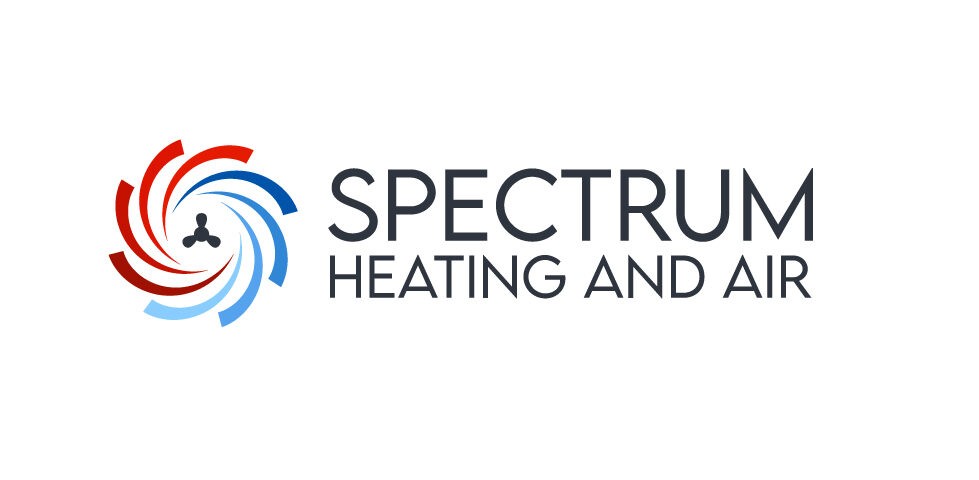As homeowners, we rely on various systems to keep our indoor spaces comfortable throughout the year. Two essential components in most homes are HVAC (Heating, Ventilation, and Air Conditioning) systems and furnaces. While many people may think of them as separate entities, the truth is that they are interconnected and work together to maintain a comfortable environment. In this article, we will explore the relationship between HVAC and furnaces, their functionality, benefits, and much more.

What is HVAC?
HVAC stands for Heating, Ventilation, and Air Conditioning. It is a system designed to regulate temperature, humidity, and air quality in indoor spaces. The primary components of an HVAC system include:
- Heating Unit: Usually, a furnace or a heat pump, is responsible for generating warm air during colder months.
- Cooling Unit: Often an air conditioner, which provides cool air during hot weather.
- Ventilation System: Responsible for exchanging indoor and outdoor air to maintain air freshness and quality.
How Does HVAC Work?
HVAC systems are complex, yet efficient. During colder months, the heating unit activates, and warm air is distributed through vents and registers. In contrast, during hotter months, the cooling unit takes over, and cold air is circulated. The ventilation system continuously brings in fresh air while expelling stale air, ensuring a comfortable and healthy indoor environment.
What is a Furnace?
A furnace is a specific component of an HVAC system responsible for heating indoor spaces. Furnaces can be powered by electricity, natural gas, propane, or oil. There are mainly two types of furnaces:
- Forced-Air Furnace: This type of furnace uses a blower to force heated air through ducts and vents.
- Radiant Furnace: These furnaces heat objects and surfaces in the room, which then radiate warmth.
How Does a Furnace Work?
The furnace ignites the fuel source to generate heat. The heat exchanger then transfers this heat to the air, which is blown through the ducts and distributed throughout the house. The process repeats until the desired indoor temperature is achieved.
The Connection Between HVAC and Furnace
The connection between the HVAC and the furnace is evident in their shared components and integrated functionality.
Shared Components:
Both the HVAC system and furnace share certain key components, such as the thermostat, ductwork, and air filter. The thermostat serves as the control center, allowing homeowners to adjust the temperature and set preferences for both heating and cooling. Ductwork facilitates the distribution of both heated and cooled air throughout the house, while the air filter ensures that the air circulating is clean and free from dust and allergens.
Integration and Functionality:
The furnace is a critical part of the HVAC system, especially during colder months when heating is required. The HVAC system is designed to work seamlessly with the furnace to maintain a consistent temperature and comfortable indoor environment. The furnace’s heating capabilities complement the cooling provided by the air conditioner, providing year-round comfort.
Benefits of Having a Connected HVAC and Furnace System
Energy Efficiency:
When the HVAC system and furnace are connected and work in harmony, they can achieve higher energy efficiency. The shared components streamline the processes, reducing energy waste and optimizing performance.
Temperature Control:
A connected system allows for better temperature control throughout the house. The thermostat can adjust the HVAC and furnace settings according to the specific needs of each room or area, ensuring an even distribution of warmth or coolness.
Improved Air Quality:
The shared air filter helps improve indoor air quality by trapping dust, pollen, and other pollutants. As a result, the air circulated is cleaner and healthier to breathe.
Installation and Maintenance of HVAC and Furnace
Hiring a Professional Technician:
Proper installation of an HVAC system and furnace is crucial for optimal performance. It is recommended to hire a professional technician who has expertise in installing, configuring, and maintaining such systems. DIY installation can lead to issues and inefficiencies.
Regular Maintenance Tips:
To ensure the HVAC and furnace work efficiently, regular maintenance is essential. Homeowners should change air filters regularly, keep the outdoor unit clean and unobstructed, and schedule professional inspections and tune-ups annually.
Common Issues and Troubleshooting
HVAC and Furnace Problems:
Like any mechanical system, HVAC and furnaces may encounter problems over time. Common issues include thermostat malfunctions, airflow problems, ignition or pilot light issues, and unusual noises. Troubleshooting such problems promptly can prevent more significant damage.
DIY Solutions vs. Professional Help:
While some minor issues can be addressed with DIY solutions, it is always best to seek professional help for complex problems. HVAC and furnace systems involve intricate components, and incorrect repairs can lead to safety hazards or further damage.
Upgrading Your HVAC and Furnace System
Modern Technology Advancements:
Advancements in technology have led to more efficient HVAC and furnace systems. Upgrading to newer models can significantly improve energy efficiency and overall performance, leading to cost savings in the long run.
Cost and Energy Savings:
Although the initial investment in upgrading may seem significant, modern systems offer higher energy efficiency, resulting in reduced utility bills over time.
Environmental Impact
Eco-Friendly HVAC and Furnace Options:
Many eco-conscious homeowners are opting for environmentally friendly HVAC and furnace options. These systems use alternative energy sources or incorporate green technologies, reducing their carbon footprint.
Reducing Carbon Footprint:
Choosing energy-efficient systems and adopting eco-friendly practices can contribute to a more sustainable future and reduce the overall impact on the environment.
In conclusion, HVAC and furnaces are undoubtedly connected, working together to maintain comfort and air quality within our homes. The integration of these systems offers numerous benefits, such as energy efficiency, temperature control, and improved indoor air quality. Regular maintenance, professional installation, and staying updated with technology can ensure the optimal performance of these vital systems.




